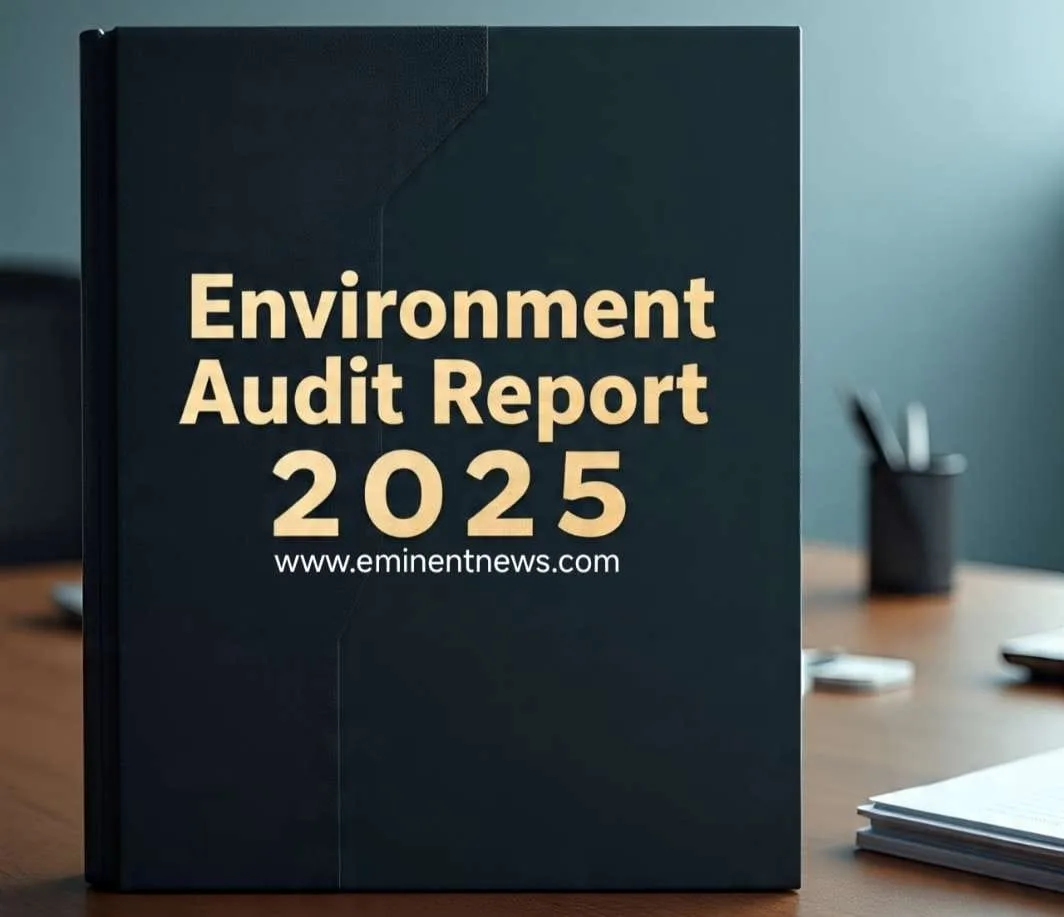Climate physical risk refers to the potential financial, operational, and strategic impacts that organizations face due to climate-related events and changes. Understanding these risks is essential for firms and governments as they adapt to a changing climate. Here’s a detailed overview:
Types of Climate Physical Risks
Acute Risks:
These are immediate and often severe risks stemming from extreme weather events such as hurricanes, floods, or heatwaves.
Impact: Can result in direct damage to assets, infrastructure disruption, and increased operational costs.
Chronic Risks:
Gradual changes that occur over time, including rising sea levels, changing precipitation patterns, and temperature increases.
Impact: May lead to longer-term vulnerabilities in supply chains, shifts in resource availability, and greater operational costs over time.
Assessment Framework
Risk Identification: Organizations need to identify specific climate hazards that could affect them, including both acute and chronic risks.
Data Gathering: Utilize high-resolution exposure data and vulnerability models to understand potential impacts at a granular level.
Scenario Analysis: Applying various climate scenarios helps organizations simulate possible future states, allowing them to evaluate potential impacts over different timelines.
Incorporating Physical Climate Risk in Strategy
Integration into Business Models: Companies are encouraged to embed physical climate risk assessments within their strategic planning and decision-making processes.
Investment in Resilience: Firms should consider investing in adaptation strategies to mitigate identified risks, such as upgrading infrastructure, diversifying supply chains, and increasing energy efficiency.
Financial Implications: Understanding physical climate risks is critical for financial reporting and investment strategies. It can influence a company’s credit ratings, insurance costs, and overall financial viability.
Regulatory and Reporting Requirements
Many jurisdictions are moving toward mandatory disclosures of climate-related risks, prompting firms to adopt more rigorous assessment frameworks.
Regulations like the Task Force on Climate-related Financial Disclosures (TCFD) emphasize the need for transparent reporting of climate risks, including physical risks.
Summary
Climate physical risk encompasses both acute and chronic risks associated with climate change, impacting various aspects of business operations and strategy. Effective assessment and integration of these risks into organizational decision-making is crucial for fostering resilience and ensuring long-term sustainability in the face of climate change. Companies must actively engage in understanding their vulnerabilities and developing robust risk management strategies to minimize potential adverse effects while aligning with emerging regulatory frameworks.for environment news click www.eminentnews.com



























